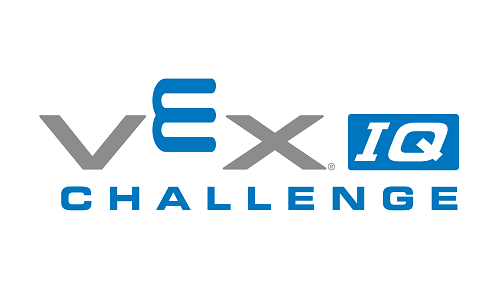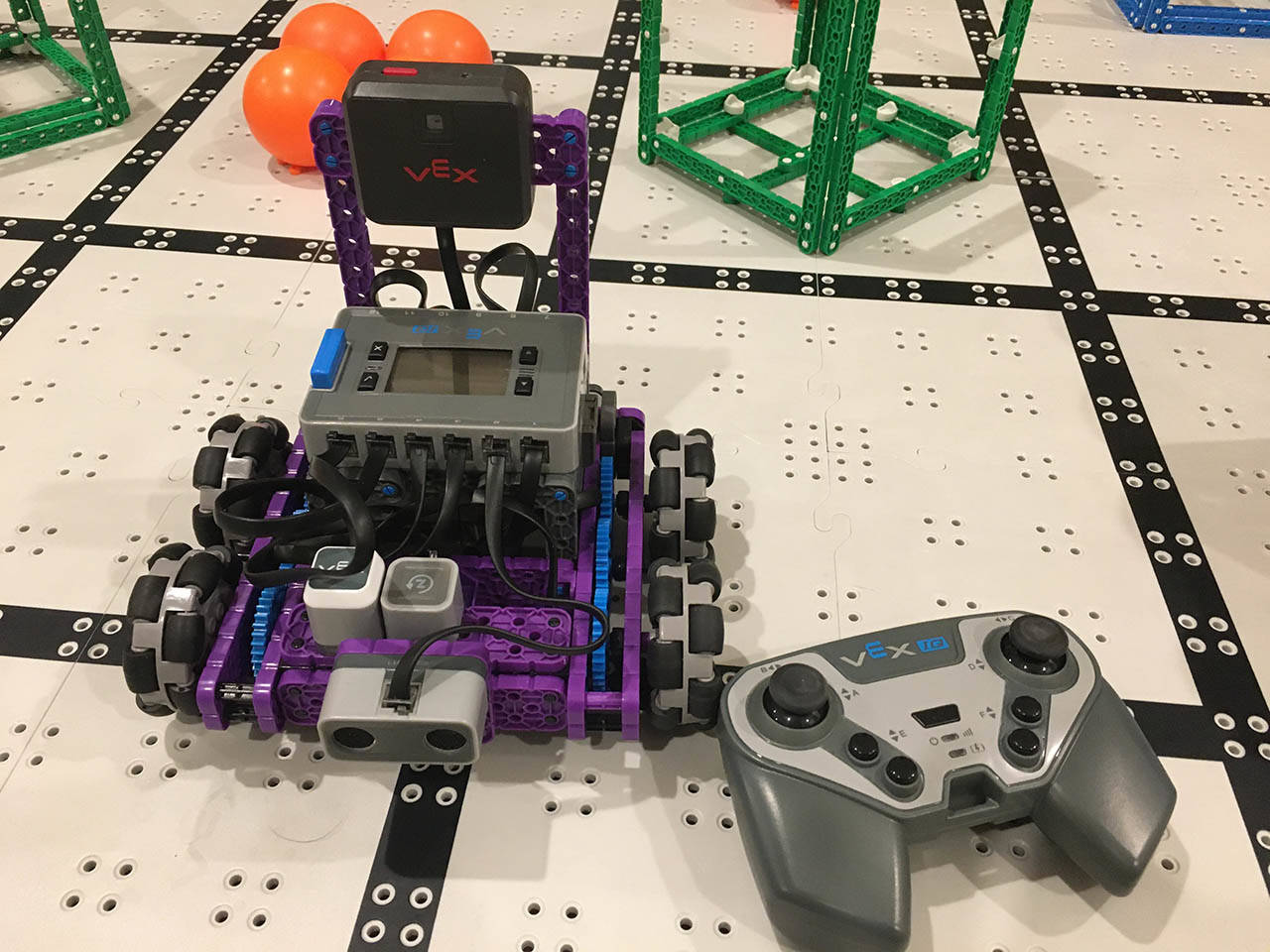
We spoke with Joe about his experience working with the club and the importance of STEM education in our schools.
How long have you been volunteering with the Leo Elementary Robotics Club?
Approximately four years. The way the schools are structured in Leo, we have a lower elementary (Cedarville Elementary) for grades kindergarten through third grade, an upper elementary (Leo Elementary) for fourth through sixth grades, Leo Junior High School for seventh and eighth grades and Leo High School.
I am one of the founders at Cedarville, where after that first year we had several students moving up to Leo Elementary. As Leo Elementary had no robotics program, I broached the subject with the principal and several teachers. I found a teacher willing to partner with me in getting a program started. Between the two of us, we were able to convince the principal to start the program. As part of my agreement with the teacher, I coached the kids and led them to the VEX Robotics World Championships all three years. Unfortunately, this year's competition, scheduled to be in Louisville, Kentucky, scheduled for this month, was cancelled because of COVID-19.
At the end of the 2018-2019 season, students were again aging out of the elementary level program. To overcome this, I started the middle school robotics program for the 2019-2020 season, which covers students in sixth through eighth grades.
My goal is to have a complete robotics pipeline for students to engage with, from lower elementary to high school graduation. If the students keep working on robotics in college, imagine how far they will have come with 14 years' experience working with robotics when they graduate!
What does your volunteer work entail?

Every meeting is run in an Agile format. We consistently have a stand up at the start of the meeting (getting the students to only talk for three minutes, saying what they did last time, what they are doing today, and what blockers they have is a challenge). Students maintain engineering notebooks, which documents engineering trades, standup, design work, etc. I provide the template forms and help the students with the layout, but the students do the work. Our engineering notebooks are evaluated by judges, and the feedback we have received is that they are exemplary.
This year, I'm head coach. As such, I schedule the competitions, coordinate fundraising (the school handles all funds), communicate with parents and complete all administrative work for the team. Additionally, I still help the Leo Elementary and Cedarville teams. Fortunately, as I have the older students, I can have them lend a hand as well. This past season, we've had five Cedarville teams, two Leo Elementary teams and two Leo Middle School teams, so there are many questions to answer.
What is your favorite thing or favorite moment while working with the students?
At the state competition, our finals alliance partner did not achieve everything they were meant to accomplish. When the awards were announced that would determine who would get to the world championship, they did not announce one of our teams. The students were crushed – all of their work, and they would not make it to worlds. The very last announcement was for the Excellence Award, the highest award in VEX robotics. When they announced our team had won this award, which covers all areas of the program and is very hard to achieve, they did not know how to react. Visually, you could see the thought as it unfolded in their minds over the course of what seemed to be minutes. The look on their faces was priceless. They finally were going to worlds and their hard work had paid off!
Why do you think an emphasis on STEM education is our schools is so important?
I tell the students that engineering is solving problems. Science and math provide the tools necessary to solve the engineering problems. Students need help filling their toolboxes and practical experience with the tools. Robotics does just that! Each time the team is in the driver's box, they have to solve the problem of maximizing their score in the minute for the game. When the robot breaks, the time they take to solve the problem translated into less points on the board. The students quickly learn to pull out the right tool to solve the problem as quickly as possible.
The world is full of problems, areas where the "robot" has fallen apart. These students are going to be the ones able to pick up the pieces and keep moving forward. Students who are part of a robotics program are always well ahead of their peer group in terms of knowledge, skills and abilities. They are aggressive in solving problems and ready to tackle any challenge.
To assist in the STEM education of our youths, General Dynamics Mission Systems offers funding for school and community STEM programs through our Community Investment Program.

